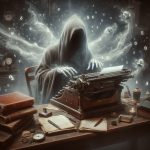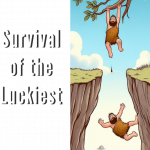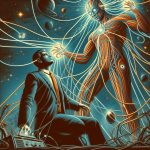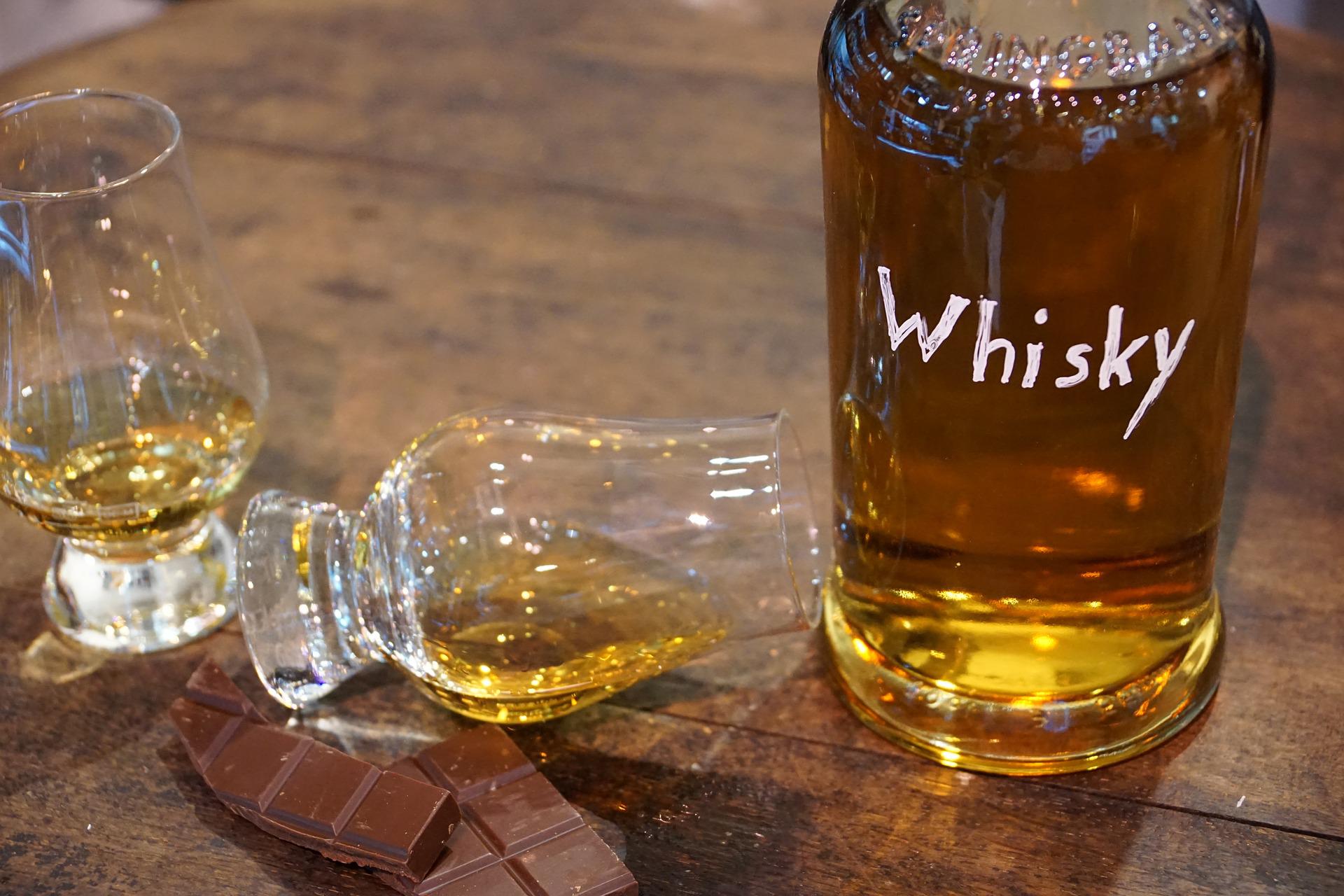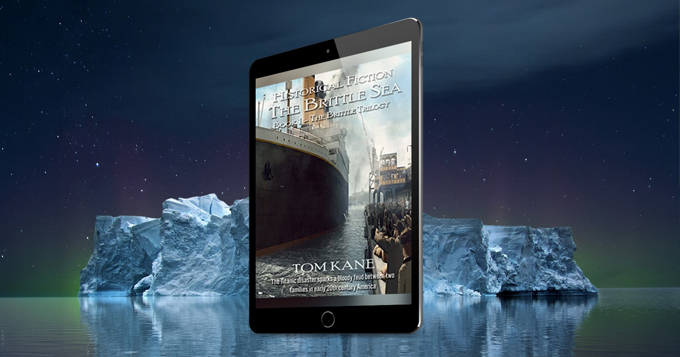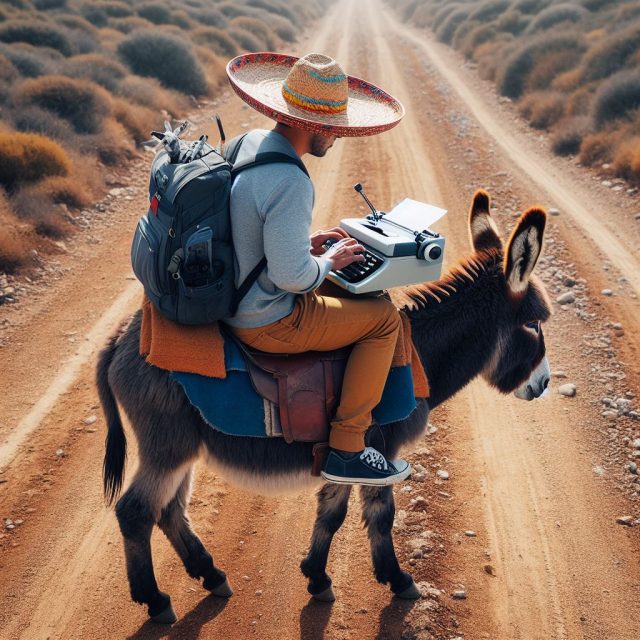Last Updated on August 27, 2023 by ADMIN-TOM
Treasonist: Someone who betrays his country by committing treason.
Throughout history there have been many instances of men and women who commit acts of treason against the country of their birth or their adoptive country. In the fledgling United States of America trouble was brewing when a new tax was introduced. Two simple men from poor backgrounds were set to become the first men accused of treason in this new democracy.
The Whisky Rebellion, sometimes known as the Whisky Insurrection, was a tax protest against the imposition of a domestic tax by the newly formed federal government of the United States of America. The protest began in 1791 and ended in 1794, during the presidency of George Washington. Desperate to generate revenue after the Revolutionary War against Great Britain, the tax applied to all distilled spirits, however it was American whisky that was American’s favourite distilled drink at that time. Treasury Secretary Alexander Hamilton suggested that the federal government should take over the debt incurred by states during the War of Independence. He claimed that an excise tax on whisky would prevent further financial difficulty. President George Washington was opposed to Hamilton’s idea of introducing a whisky tax. However, he was persuaded otherwise and Congress soon passed the new tax into law.
The whisky tax, as it became known, was opposed by farmers of the west who distilled their whisky from any surplus grain they had, fermenting it and distilling it into grain whisky. The tax burden on large producers amounted to 6 cents to the gallon, with extra tax breaks for those producing more and they paid annually. Small producers on the other hand paid a flat rate of 9 cents on the gallon. Many of these farmers were veterans of the war, stating they had fought a war against the British crown on the principle of no taxation without representation. On the other hand the US federal government insisted it had the right to set taxes as it was a legal expression of the Congressional powers of taxation. The arguments on both sides were loud and becoming louder and the scene was set for an angry confrontation.
Resistance to the tax manifested itself in direct action on 11th September 1791. A tax collector named Robert Johnson was tarred and feathered by a gang in Washington County and a man sent to serve court warrants on Johnson’s attackers was also tarred and feathered. Alexander Hamilton regarded these and other actions as a serious threat to the federal government, and in September 1792 he appointed tax official George Clymer to investigate. Clymer decided it would be safer for him to travel in disguise. But this clumsy attempt at subterfuge and his attempt to intimidate local officials into accepting the governments demand simply made local officials dig their heels in. Clymer’s report made waves in the government. Add to this that the incidents of resistance were in Pennsylvania was embarrassing to the fledgling government, as the nation’s capital at that time was located in the same state.
The resistance to the tax came to a head in May, 1794. Federal district attorney William Rawle issued subpoenas to more than sixty distillers in Pennsylvania who had not paid the excise tax. A Federal Marshal delivered almost all the writs without incident. On the evening of 15th July the Marshal and his guide in Allegheny County, General Neville, were roused by shots being fired at the farmhouse where the men were staying, Miller’s farm. After this incident the Federal Marshal returned to Pittsburgh while his guide, General Neville returned home. The following day, about thirty militiamen surrounded Neville’s fortified home at Bower Hill. The militiamen believed the federal marshal was inside and demanded his surrender. Neville’s response was to fire a gunshot that mortally wounded one of the militiamen, Oliver Miller. The militiamen returned fire but were unable to dislodge Neville. The militiamen retreated to Couch’s Fort to gather reinforcements. The next day a full rebellion was in the making and the rebels returned to Bower Hill, their force swelling to over six hundred men. Their commander was Major James McFarlane, a veteran of the Revolutionary War. Neville had sent for reinforcements and ten U.S. Army soldiers from Pittsburgh under the command of Major Abraham Kirkpatrick had arrived.
Neville took to hiding in a ravine close to his home while Kirkpatrick took command of his forces. The women and children were allowed to leave Neville’s house and at that point both sides opened fire. After an hour a ceasefire was called. But as McFarlane stepped into the open, a shot rang out from the house and McFarlane was killed. Enraged, the rebels set Neville’s house and its slave quarters on fire. Kirkpatrick surrendered. Three of the rebels, including McFarlane, were killed and one U.S. soldier was reported to have died from wounds received.
After McFarlane’s funeral on 18th July, rebels saw his death as a murder and radical rebels incited for further bloody violence. Emotions were running high and on 1st August a noisy crowd of over seven thousand people gathered at Braddock’s Field. Mostly the people in the crowd were poor and not land owners and most didn’t own whiskey stills. But the whisky tax had unleased resentment to other economic issues. Radical protesters wanted to march on Pittsburgh or even attack a local fort. A new feeling of revolution was in the air and the French Revolution was much cited as a new model for freedom. Others though wanted full independence from the US or even a return to joining with Great Britain. Confusion and emotions were much in evidence.
It was Hugh Henry Brackenridge who managed to calm the crowd and persuade them to limit their protest to an angry and noisy march through the town, thus defusing the potentially violent demonstration. For a while, it looked like there may be an armed insurrection in Pennsylvania, but President Washington was determined to maintain governmental authority. He sent a delegation to meet the protesters, while at the same time raised a militia army in case the protests became a rebellion. Washington left the capital, Philadelphia, on the 30th September. He planned to review the progress of the forming of the militia and if necessary lead a military expedition himself. Washington travelled to Reading in Pennsylvania and met with the rest of the militia. The large army was placed under the command of the Virginia Governor Henry Lee and Washington returned to Philadelphia. Daniel Morgan was promoted to Major General and was charged with leading part of the militia army into Western Pennsylvania. It was a massive show of force for s fledgling government and the potential for an armed insurrection was quashed and ended without a shot being fired.
Prominent leaders of the uprising fled to safety into the mountains. The militia could do little more than arrest a handful of those caught and send them to trial for treason. The government wanted to set an example and wanted a trial in Philadelphia, with a hoped for outcome of seeing a handful hung for treason. In the end, ten of the accused rebels were tried for treason at the U.S. District Court for the Eastern District of Pennsylvania. But most were acquitted and the only two convicted of treason and sentenced to hang were John Mitchell and Philip Wigle, also known as Vigol. Mitchell and Wigle were the first Americans convicted of federal treason in American history. But after lengthy deliberations and discussions, as well as medical examinations, one of the accused was considered to be a simpleton and the other insane. Neither were fit to hang and on 2nd November 1795 Washington pardoned both men.
Copyright © Tom Kane 2019
You just can’t judge a book by its cover. So maybe you would like to read one of my books as well as admire the cover.


